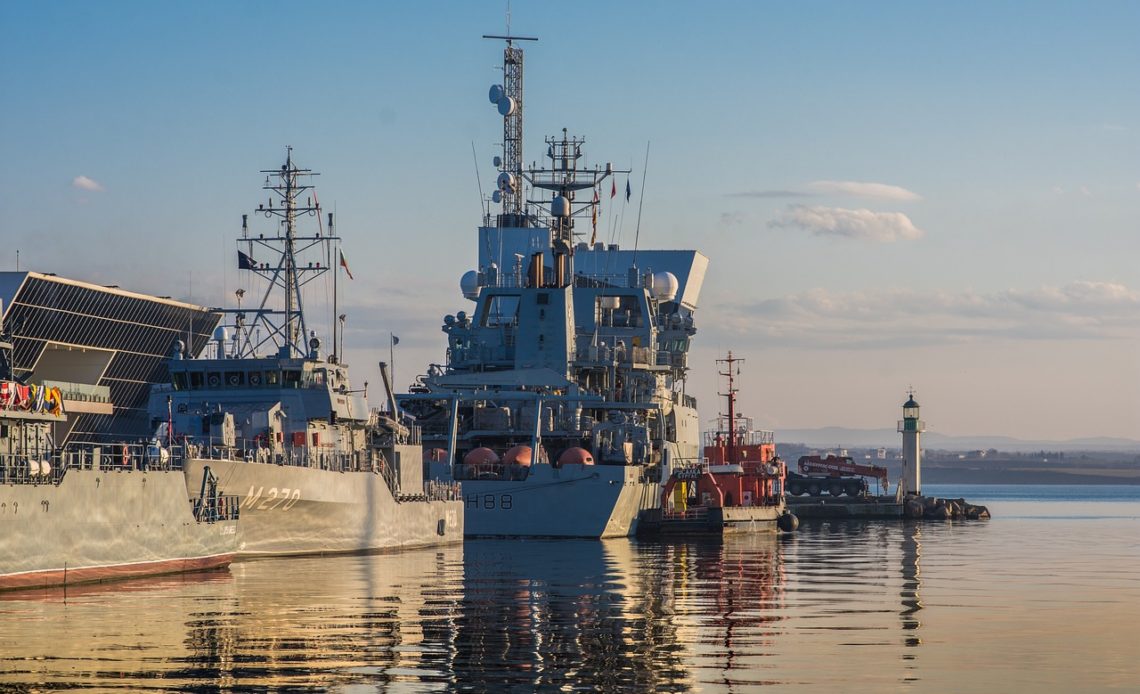
Vertical: Ports, Logistics
Application: Video, safety, improved coverage and capacity
Ecosystem: Nokia, Tideworks Technology
Private Network: LTE, CBRS
In a significant move to modernize port operations, Nokia has partnered with Tideworks Technology to deploy at the Port of Seattle’s Terminal 5 a private wireless network solution to revolutionize terminal operations, enhancing efficiency, safety, and overall performance.
The Port of Seattle’s Terminal 5, part of the Northwest Seaport Alliance, is one of North America’s largest container gateways. Currently undergoing a major modernization project to accommodate ultra-large container ships, the terminal will now benefit from Nokia’s industrial-grade LTE/5G private wireless network.
The decision to use Nokia came after a successful proof-of-concept trial at SSA Terminal’s Oakland International Container Terminal. The trial demonstrated that a small number of Nokia private LTE radios provided superior coverage and reliability compared to approximately 200 existing Wi-Fi access points across two Oakland sites.
The Nokia equipment will deliver seamless connectivity both indoors and outdoors across Terminal 5 operations, including cranes, trucks, and lifts. This comprehensive coverage will significantly enhance communication between various logistics parties. The system also incorporates ruggedized tablets and smartphones for terminal-wide mobile voice communications and yard inventory applications.
One of the key features of this deployment is the use of multiple spectrum bands. The private network will operate over Band 53 (Globalstar-licensed) and Band 48 (CBRS), enabling seamless switching between bands and cells while providing multiple layers of redundancy. Additionally, an on-premise geo-redundant core will ensure secure, highly available, and low-latency data connectivity and control.
The implementation of this private wireless network is expected to bring about major improvements in port operations. It will reduce the complexity of port flow, leading to increased efficiency, enhanced worker safety, and improved terminal handling performance. The future-proofed infrastructure will support advanced capabilities in yard management, worker safety systems, video surveillance, and voice communications.


